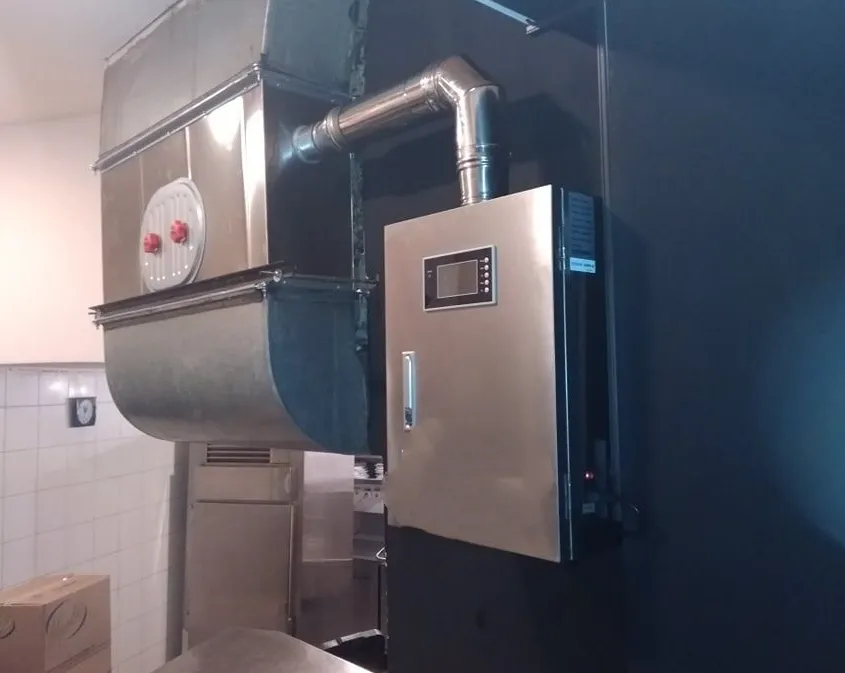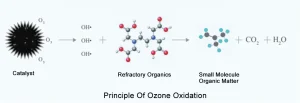As a strong oxidizing agent, Ozone (O) is increasingly widely used in the wine industry, especially in the production, storage and bottling stage of wine, and its multiple functions make it an effective tool to improve the quality and hygiene level of wine. Ozone-treated wines exhibit disparities from untreated conventional wines in multiple aspects, primarily in the following respects:
Hygiene and microbiological safety
Sterilization: Ozone treatment is capable of effectively eliminating microorganisms like bacteria, mold, and yeast in grape juice, fermenting tanks, pipes, and packaging containers, thereby reducing the risk of cross-contamination. In contrast to sulfur dioxide employed traditionally, ozone is more environmentally friendly, leaves no detrimental residues, and the by-products after treatment are merely oxygen and water. Hence, the risk of microbial contamination can be significantly mitigated, and the microbial safety of wine can be enhanced.
Taste and aroma
Enhancement of taste and odor removal: Through oxidation, ozone can decompose or transform compounds that cause unfavorable taste and odor, such as reducing sulfur (e.g., rotten egg smell), acetic acid, etc., to optimize the aroma and flavor of wine.

Oxidation stability
Delay of oxidation: Ozone can restrain the oxidation process of wine, prevent the deterioration of wine quality over time, and assist in maintaining the freshness and original flavor of wine.

Chemical additives
Reduction in the use of sulfur dioxide: Sulfur dioxide is commonly utilized as a preservative and antioxidant in traditional winemaking. The application of ozone reduces the reliance on sulfur dioxide, making the wine more natural and pure.
Color and clarity
Color preservation: Ozone treatment contributes to maintaining the color of red wine, preventing the degradation of pigment molecules, and sustaining a bright color for an extended period.
Accelerated clarification: Ozone promotes colloidal condensation, which facilitates the removal of suspended solids more rapidly, enhancing the transparency and clarity of the wine.

Overall quality
A healthier choice: Ozone-treated wine is regarded as a healthier and purer product due to the decreased use of chemical additives, particularly sulfur dioxide, and is more attractive to health-conscious consumer groups.
However, it is worth noting that excessive concentrations or improper utilization of ozone might have adverse effects, such as the generation of abnormal tastes like “cardboard” taste, influencing the quality of the wine. Therefore, the application of ozone technology requires meticulous control to ensure that the quality of the wine is not compromised and its full potential is realized.
In summary, ozone-treated wine holds significant advantages in microbial safety, taste, fragrance, color stability, etc., and also presents healthier and more environmentally friendly traits, representing a new trend in the development of the modern wine industry.































